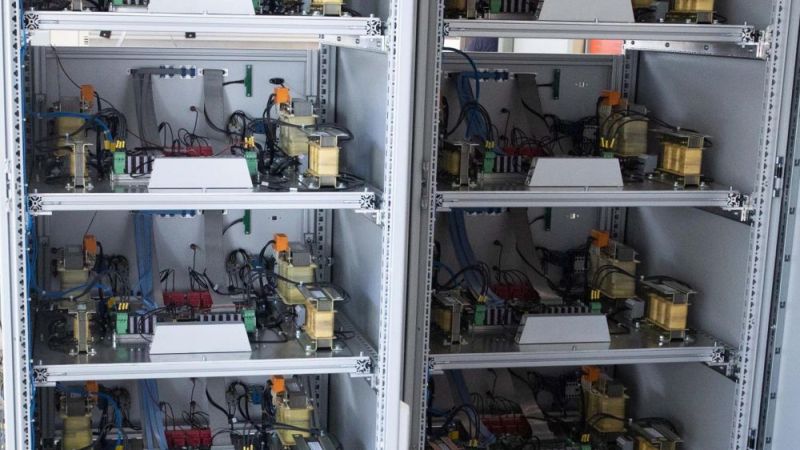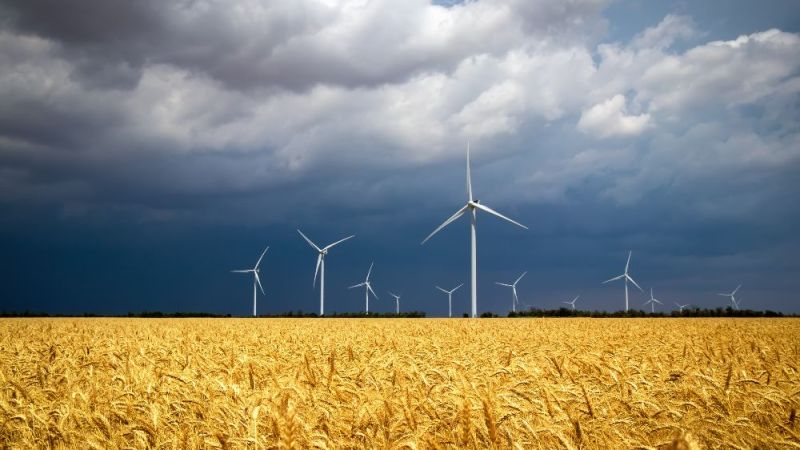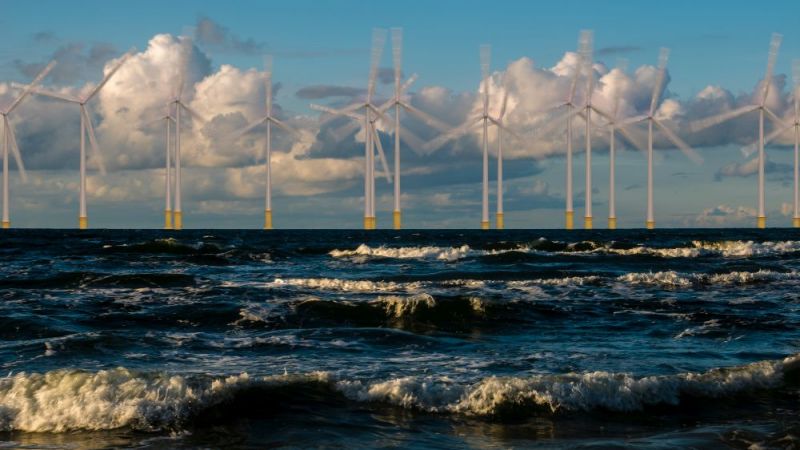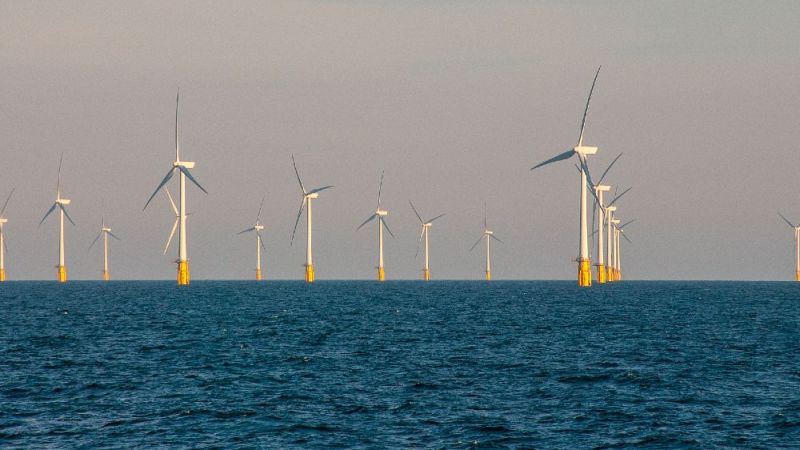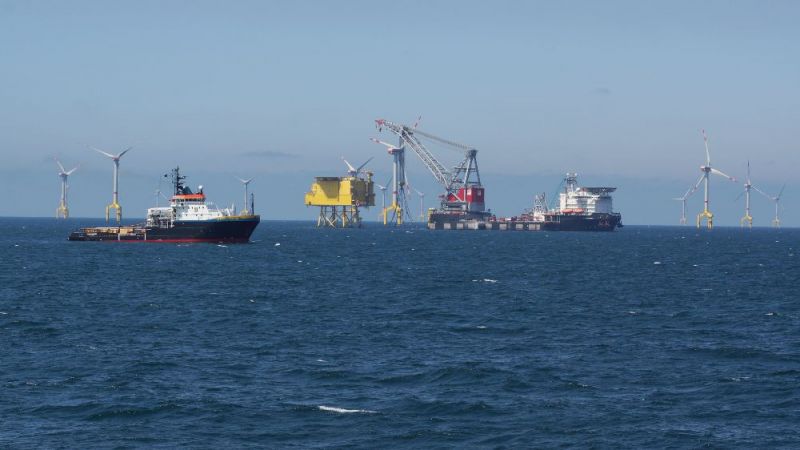Wind power
Wind turbines can stabilise the power grid
Since 2010, power generation costs from onshore wind turbines have fallen by 39 per cent and from offshore wind turbines by 29 per cent. This is confirmed by an IRENA study.
Positive news for sustainable climate protection on today's Global Wind Day: Technical developments in wind turbines, such as higher hub heights and larger rotor blades, have led to significantly lower electricity prices in the last ten years. In addition, the growing experience in project development, optimised supply chains, economies of scale and lower maintenance costs are making themselves felt. This is apparent from the current report "Renewable Power Generation Costs in 2019" of the International Renewable Energy Agency (IRENA). IRENA has analysed data from 17,000 projects from 2019. Interesting: In more than half of all newly commissioned large-scale plants for renewable electricity generation, such as wind turbines or solar plants, electricity costs were below the cheapest alternative using fossil fuels.
Renewable energy plants as a global economic engine after Corona
"We have reached an important turning point in the energy transition. The operation of new coal-fired power plants and of a large proportion of the existing ones cannot be justified either ecologically or economically", said Francesco La Camera, Director General of IRENA. "Renewable energy sources are increasingly the cheapest source of new power and offer enormous potential to boost the global economy and get people back to work."
China has the most wind turbines, followed by the USA and Germany
Wind turbines now dominate the landscape in many regions of the world. The Global Wind Energy Council (GWEC) reports that by the end of 2019, 651 gigawatts of wind power capacity was installed onshore and offshore worldwide. Almost a third of this, 236 gigawatts to be precise, is located in China, followed by the USA with around 105 gigawatts and Germany with 61 gigawatts. The Chinese also lead the way in annual expansion. Together with the USA, Great Britain, India and Spain, they will have implemented around 70 per cent of the 60.4 gigawatt of new installations in 2019.
Offshore energy is gaining in importance worldwide
Offshore wind power is becoming increasingly important worldwide. Although the installation and maintenance costs are high, the plants are many times more powerful than on land. GWEC reports that 6.1 gigawatts of offshore output was added last year - a new record. In Germany, too, expansion has gathered momentum. At the beginning of June this year, the Federal Cabinet passed a resolution to amend the Offshore Wind Energy Act. The expansion is to be increased to 20 gigawatts by 2030. Additionally, the draft also provides for an ambitious, long-term expansion target of 40 gigawatts by 2040 for the first time. The Offshore Wind Energy Act creates the conditions for streamlining and speeding up administrative procedures, for example so that installations can be installed more quickly at sea.



